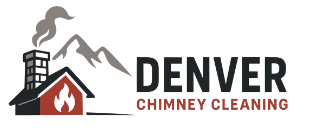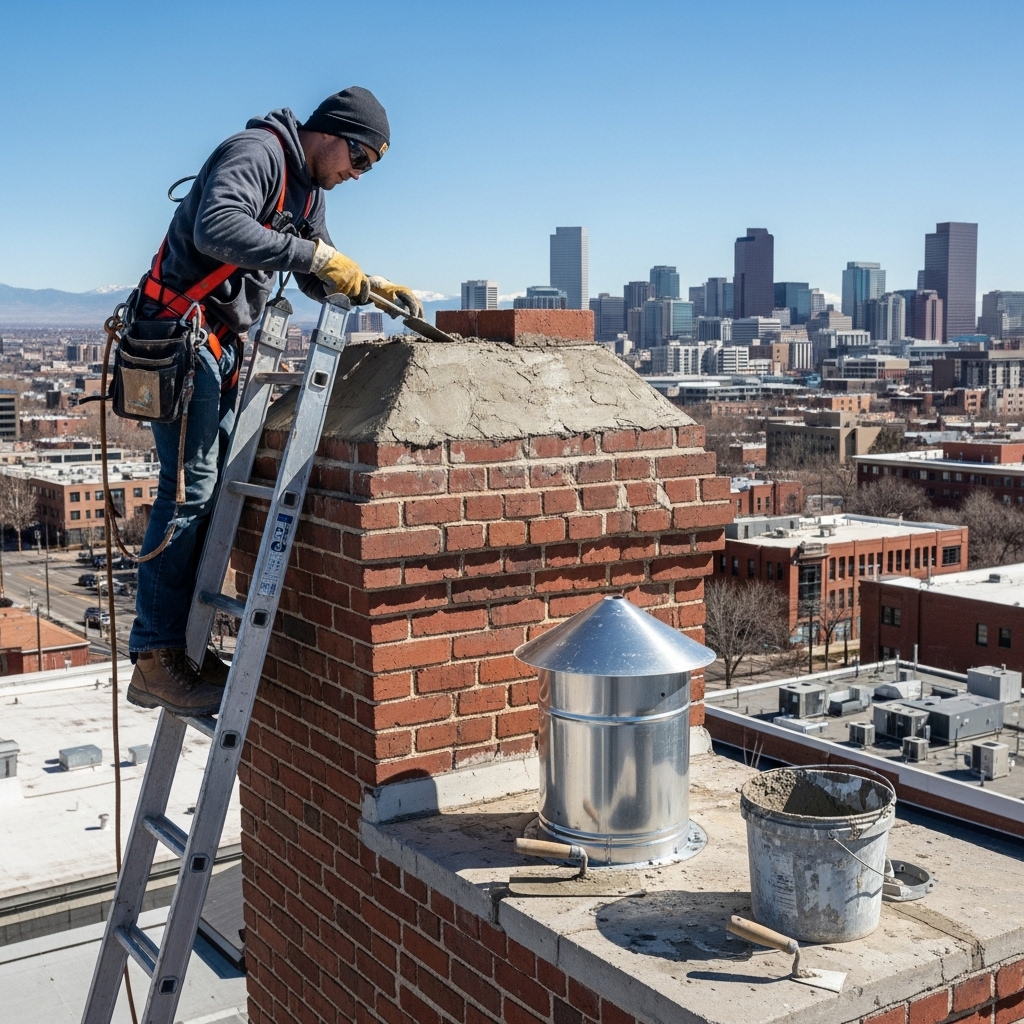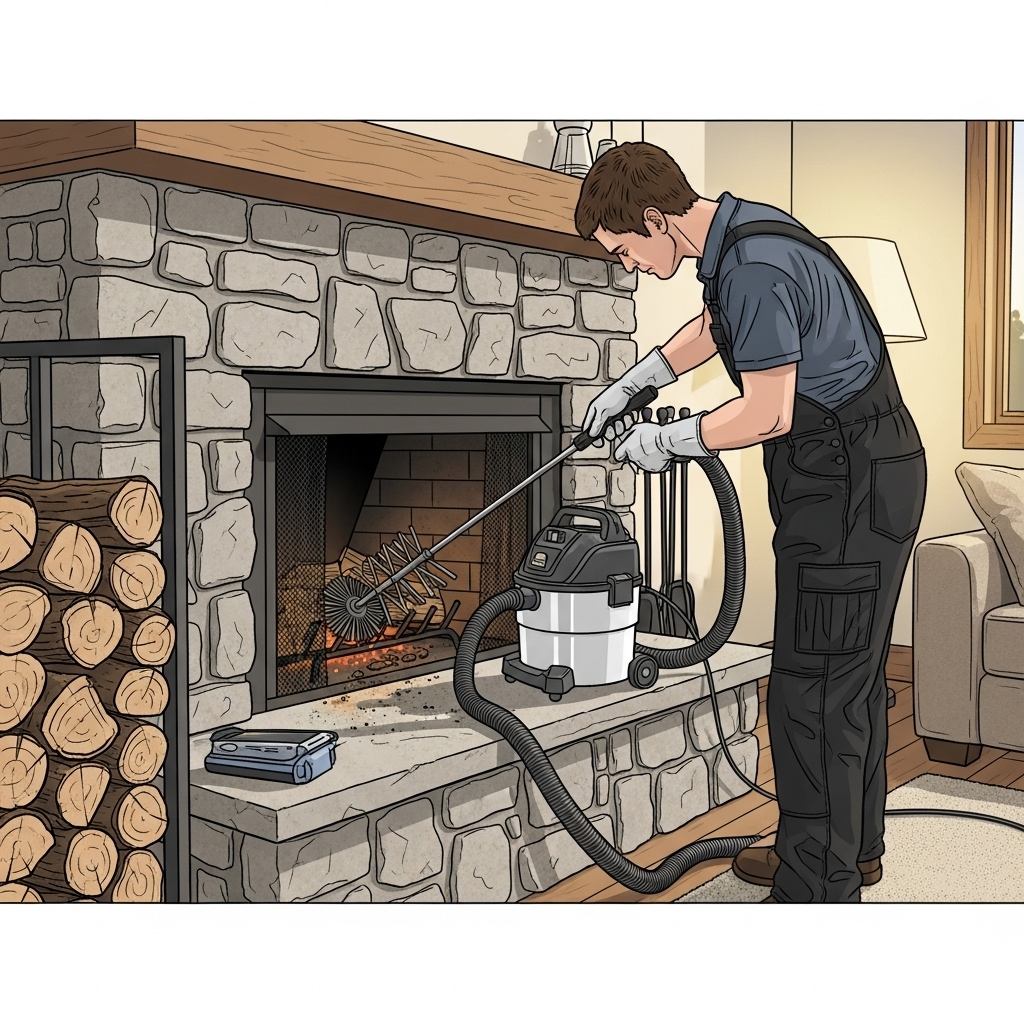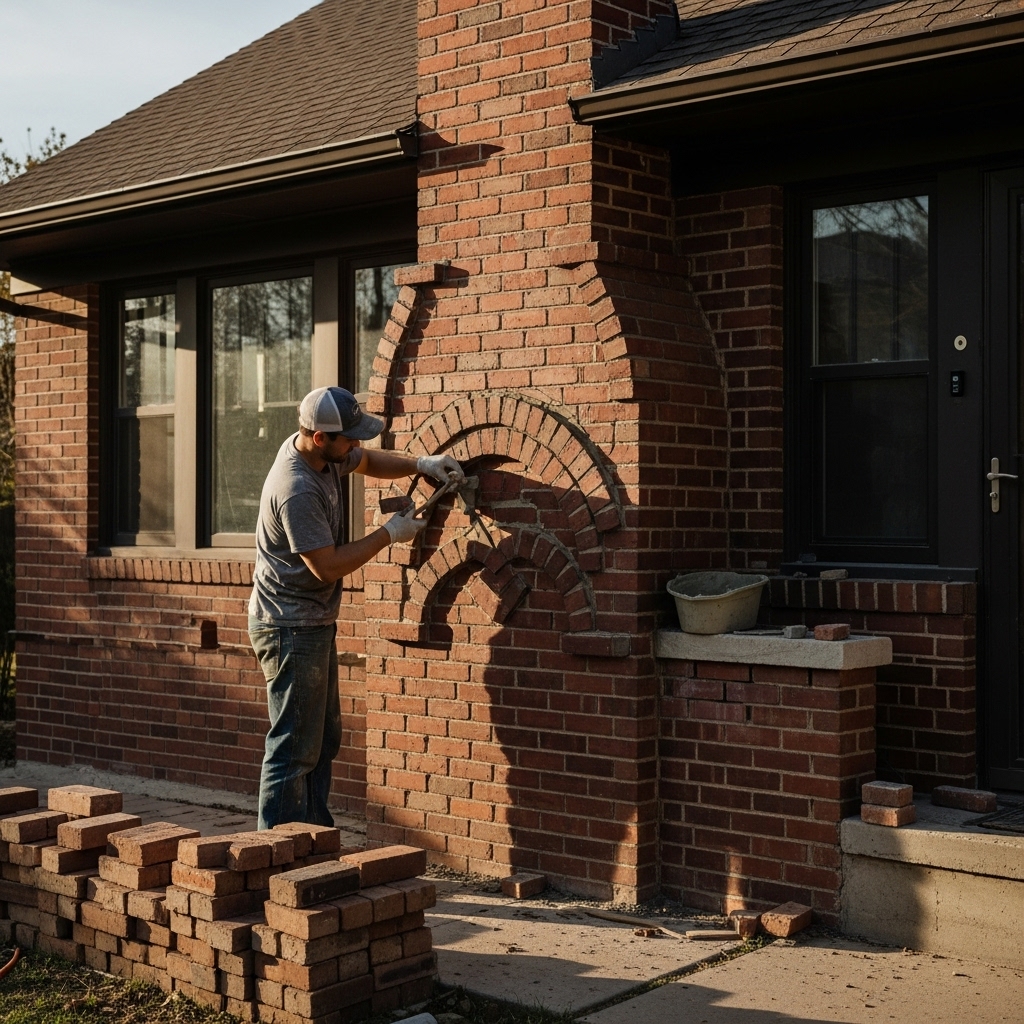Chimney Cleaning and Repair in Denver: Signs to Watch and a Smart Timeline
Denver’s winter charm is undeniable, but the city’s weather and elevation present a demanding environment for fireplaces, stoves, and venting systems. A sound plan for cleaning and repair protects your home, keeps indoor air fresher, and helps appliances perform consistently. Although homeowners often ask about budgets first, the most effective approach is to focus on what to look for, when to schedule, and how to coordinate tasks so your system stays safe and reliable. Routine chimney cleaning paired with timely repairs forms the backbone of that plan.
Because every chimney is a combination of components—firebox, damper, smoke chamber, liner, crown, cap, flashing—the path to dependable performance is holistic. Cleaning removes combustible residue and obstructions, inspection evaluates condition, and repairs restore integrity. Understanding how these elements connect empowers you to make confident decisions without guesswork.
Denver’s Climate and Why It Matters
At a mile high, air density changes how draft behaves, especially on frigid nights and sunny afternoons that warm roofs quickly. Add gusty winds, spring storms, and an occasional hail event, and you have a recipe for accelerated wear on exterior components. The freeze–thaw cycle can widen micro-cracks in crowns and mortar joints. Wind can push debris into caps and screens. Even regional wildfire smoke can leave a fine film on exterior metal and masonry.
These conditions don’t need to be alarming—they simply underscore the value of periodic evaluation. When you harmonize your maintenance schedule with Denver’s seasons, you reduce surprises and enjoy steadier performance.
Key Signs That Your System Needs Attention
Odors on damp days are among the most common signals that residue or moisture is interacting with your flue. Smoke backing into the room when the damper is open suggests draft issues or blockages. Visible flakes or tar-like deposits in the firebox indicate accumulation. White crystalline staining on exterior masonry—efflorescence—points to moisture movement through the brick. A rusted or missing cap invites animals and precipitation; a cracked crown allows water to penetrate and expand during freezes.
Gas systems also communicate. Unusual flame color, repeated pilot outages, or metallic odors warrant a check. While gas produces lighter residues than wood, vents must remain clear and components clean for safe operation.
Creating a Practical Timeline for Denver Homes
A yearly evaluation is a smart starting point for most households, with actual service timed to usage patterns and findings. Heavy wood-burning winters call for earlier attention; lighter use may allow more flexibility. Many homeowners schedule in late spring or summer to avoid the autumn rush and to leave time for any exterior work in warm, dry weather. If you have multiple systems—say, an open fireplace upstairs and a stove in the basement—coordinate visits to address both efficiently while keeping containment tight and your home tidy.
Think of the calendar in three phases: pre-season evaluation to ensure readiness, mid-season check if usage is high or performance changes, and post-season review if any unusual events occurred, such as a strong storm or a chimney-top disturbance.
Cleaning, Inspection, and the Role of Repairs
Cleaning removes soot and creosote from the flue, smoke chamber, and connected components. Inspection identifies structural and functional issues—cracked tiles, missing mortar, warped metal liners, worn dampers, or a failing crown. Repairs restore performance: smoke chamber smoothing for better airflow, cap replacement to keep out water and animals, flashing improvements to stop leaks, and relining when integrity is compromised.
Coordinating these tasks saves time. For example, addressing smoke chamber roughness immediately after a thorough sweep reduces future buildup and improves draft. Upgrading a cap and sealing a crown during the same warm-season window simplifies logistics and protects the system through winter.
Access, Safety, and Preparation
Efficient appointments start with good access. Clear a path to the hearth, let ash cool for at least 24 hours, and secure pets. Outdoors, tell the team about roof pitch, parking, and ladder staging. In Denver, icy surfaces and sudden gusts may call for adaptive planning; reputable professionals will explain safety thresholds and rescheduling policies.
Inside, expect drop cloths, containment, and high-filtration vacuums. A clean setup reflects a culture of care, protects your home, and sets the stage for thorough work.
How Denver’s Housing Mix Shapes Maintenance
Historic masonry chimneys in neighborhoods like Baker and Capitol Hill have different needs than factory-built units in newer suburbs. Masonry may require attention to mortar, crowns, and clay-tile liners; factory-built systems depend on intact, listed metal parts and correct clearances. Both benefit from periodic sweeping and inspection, but the recommended improvements and the order in which they’re performed can differ.
If you recently bought an older home, a comprehensive evaluation—including a camera inspection—helps you understand the existing system’s history and priorities. For newer homes, verifying that all components match the original listing keeps performance predictable.
Draft, Fuel, and Burn Habits
Draft is the engine that moves smoke and gases out of your home. Cold flue walls slow it; warm, clean walls help it. Well-seasoned hardwood burned steadily usually produces less sticky residue than damp wood burned cool. Short, smoldering fires may create more byproducts and encourage condensation on flue walls. In tight houses, cracking a window slightly when starting a fire can aid initial draft until the flue warms.
If you changed fuel types, added an insert, or adjusted your burn routine, consider how those changes affect maintenance rhythm. A brief conversation with your technician can fine-tune your timeline.
Coordination with Roofing and Exterior Work
Chimneys don’t exist in isolation. Flashing ties into roofing; crowns shed water from masonry; caps shield the opening. If you plan roof repairs, ask your chimney professional to coordinate so components are aligned and sealed correctly. Addressing crown and cap work during a roof project can reduce repeat visits and keep weatherproofing consistent.
After hail or strong winds, a quick visual check for bent screens, missing caps, or displaced covers catches issues early. In many cases, small exterior fixes dramatically extend the life of interior components by keeping moisture and wildlife out.
Midway Check: Keep the Purpose Front and Center
Halfway through planning, return to your goal: predictable performance, clean indoor air, and peace of mind. Regular chimney cleaning supported by timely repairs reduces risks and ensures your system is ready when the first cold front arrives. The right cadence turns maintenance into a simple, manageable routine.
What to Expect During an Appointment
Expect a structured process: a walkthrough and protection of your space, an exterior and interior inspection, careful sweeping tailored to your flue material, and a review of findings with photos. For wood stoves, the connector pipe may be disassembled and cleaned. For gas units, terminals and accessible vent sections are cleared of film and lint. The technician will share observations in plain language and provide a prioritized plan for any recommended improvements.
Documentation is part of the value. Keep the report with your home records so you can track trends and plan future work efficiently.
DIY versus Professional Insight
Enthusiastic homeowners can perform simple checks—confirm that the damper opens fully, look for obvious debris at the cap from the ground with binoculars, and keep the hearth area tidy. But a professional brings specialized tools, safety training, and the ability to interpret subtle signs. Camera inspections, brush systems matched to flue sizes, and high-filtration vacuums deliver results that are hard to replicate with DIY gear.
Combining your attentiveness with periodic professional visits yields the best results. You’ll catch small issues early and enjoy more consistent performance when the weather turns cold.
Frequently Asked Questions
Q: How often should a chimney be evaluated in Denver?
A: A yearly check is a strong baseline, adjusted for your usage, appliance type, and any changes in performance.
Q: What are the most common issues discovered?
A: Creosote accumulation, worn or cracked crowns, missing or damaged caps, smoke chamber roughness, and moisture traces are typical findings. Connector pipes for stoves can also show flaky soot buildup.
Q: Do gas systems need regular attention?
A: Yes. Gas produces lighter residues, but vents must remain clear and components clean. Termination caps and passageways should be inspected periodically.
Q: How should I prepare for a visit?
A: Let the fireplace cool for at least 24 hours, clear a path, protect fragile décor, and secure pets. Share any recent changes—odors, draft fluctuations, or visible residue—with the technician.
Q: Can weather affect the schedule?
A: Safety comes first. Icy roofs, high winds, or storms may require rescheduling exterior portions while interior tasks proceed as conditions allow.
Feel Ready for the Next Cold Front
Your fireplace is a centerpiece of comfort, but like any system exposed to weather and heat, it thrives on thoughtful care. A balanced routine—thorough inspections, regular sweeping, and timely improvements—keeps it dependable and safe. If you’re preparing for winter or wrapping up after a busy season of fires, schedule professional chimney cleaning and move into the next chapter of Denver weather with confidence.




